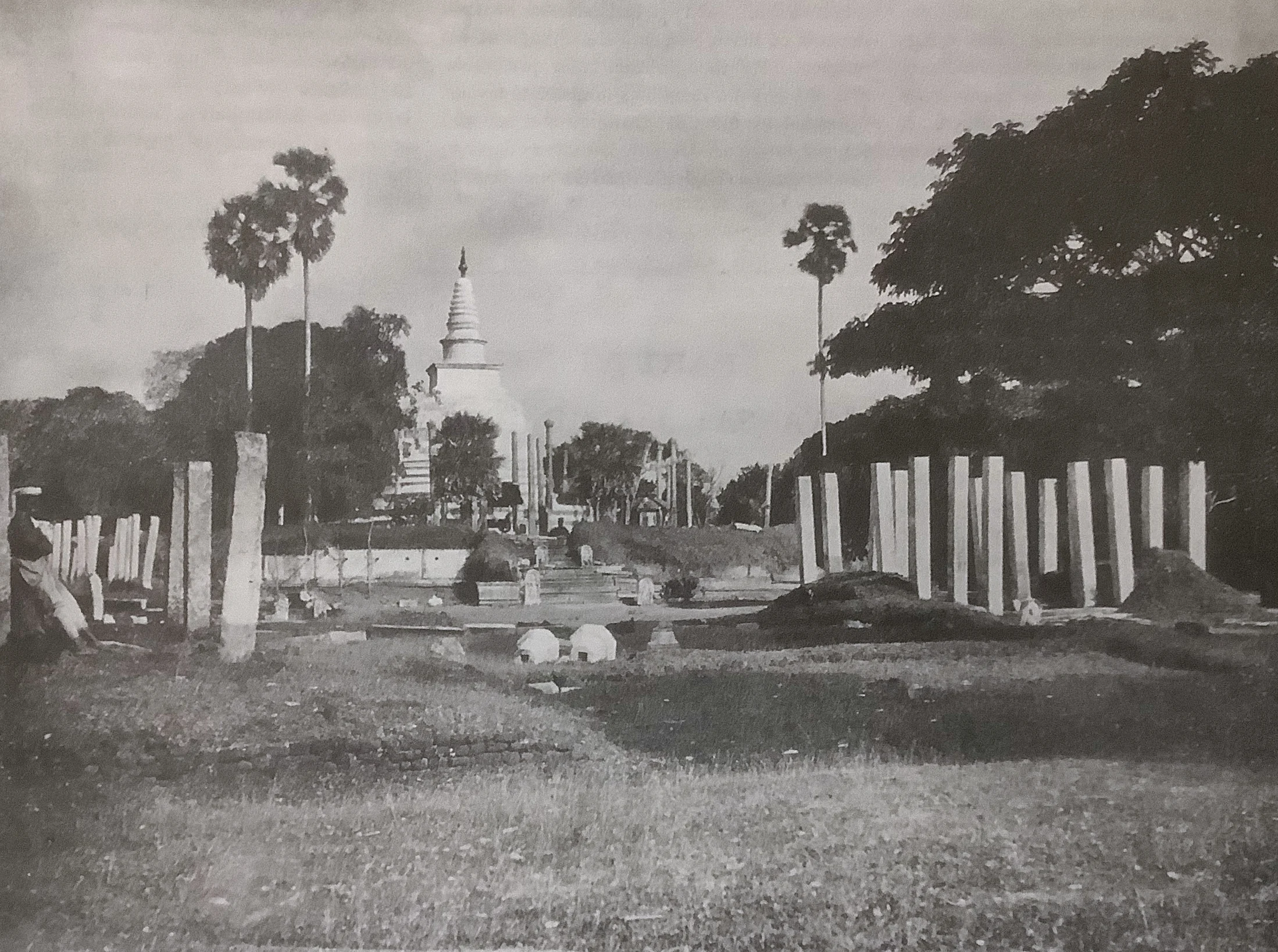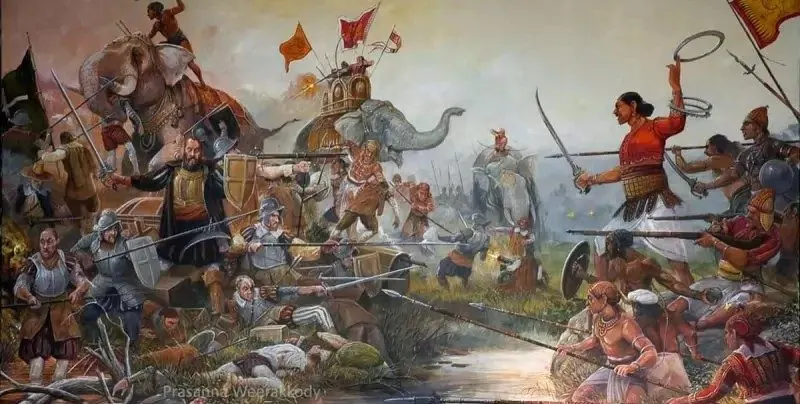Key Historical Periods
Explore the major eras that shaped Sri Lanka's ancient civilization

Anuradhapura Period
The Anuradhapura Kingdom was the first established kingdom on the island and served as Sri Lanka's political and religious capital for over 1,300 years.
Monumental Architecture
The period saw the construction of massive stupas like Ruwanwelisaya and Jetavanaramaya, some of the largest brick structures in the ancient world.
Hydraulic Engineering
Advanced irrigation systems with reservoirs, canals, and sluices were developed, many of which are still functioning today.
Buddhist Culture
The Sri Maha Bodhi tree, brought from India in the 3rd century BC, became the center of Buddhist worship and remains the oldest documented tree in the world.

Polonnaruwa Period
After the fall of Anuradhapura to Chola invaders, Polonnaruwa became the second ancient capital of Sri Lanka and flourished as a commercial and religious center.
Golden Age
Under King Parakramabahu I (1153-1186), the kingdom experienced its golden age with economic prosperity and religious harmony.
Water Management
The massive Parakrama Samudra (Sea of Parakrama) was constructed, demonstrating advanced engineering skills in water management.
Artistic Achievements
The period is known for its exquisite stone sculptures, particularly the Buddha statues at Gal Vihara, which showcase remarkable craftsmanship.

Kandy Period
The Kingdom of Kandy was the last independent monarchy of Sri Lanka, successfully resisting European colonial powers for centuries.
Sacred Tooth Relic
The Temple of the Sacred Tooth Relic (Sri Dalada Maligawa) became the most venerated Buddhist site in Sri Lanka and a symbol of sovereignty.
Resistance to Colonization
The kingdom maintained its independence against Portuguese and Dutch invasions until finally falling to the British in 1815.
Cultural Preservation
Traditional arts, dance, and music flourished under royal patronage, preserving Sri Lankan cultural identity during colonial times.